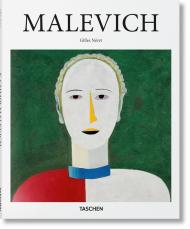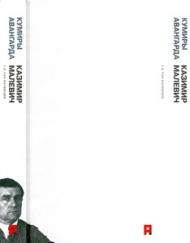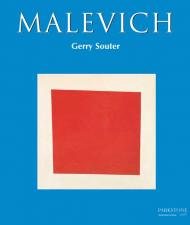After flirtations with Realism, Impressionism, and Symbolism, Kiev-born Kazimir Malevich (1878-1935) found his metier in dissolving literal, representational figures and landscapes into pure, emotionally-charged abstraction.
In 1915, he created what is widely lauded as the first and ultimate abstract artwork: Black Square (1915), a black rectangle on a white background, hailed as the "zero point of painting," a seminal moment for modern and abstract practice.In this book, we follow Malevich's key innovations and ideas and place his groundbreaking achievements within the context of both the Russian and global avant-garde.
Through rich illustrations of his work, we explore the artist's theory of Suprematism, based on severe geometric abstraction and "the supremacy of pure feeling in creative art;" his leading role in the development of Constructivism; as well as his interests in philosophy, literature, Russian folk art, and the fourth dimension.
The author:
Gilles Néret (1933–2005) was an art historian, journalist, writer, and museum correspondent. He organized several art retrospectives in Japan and founded the SEIBU Museum and the Wildenstein Gallery in Tokyo. He directed art reviews such as L'Œil and Connaissance des Arts and received the Élie Faure Prize in 1981 for his publications. His TASCHEN titles include Salvador Dalí: The Paintings, Matisse, and Erotica Universalis.
About the series:
Each book in TASCHEN's Basic Art series features:
- a detailed chronological summary of the life and oeuvre of the artist, covering his or her cultural and historical importance
- a concise biography
- approximately 100 illustrations with explanatory captions





